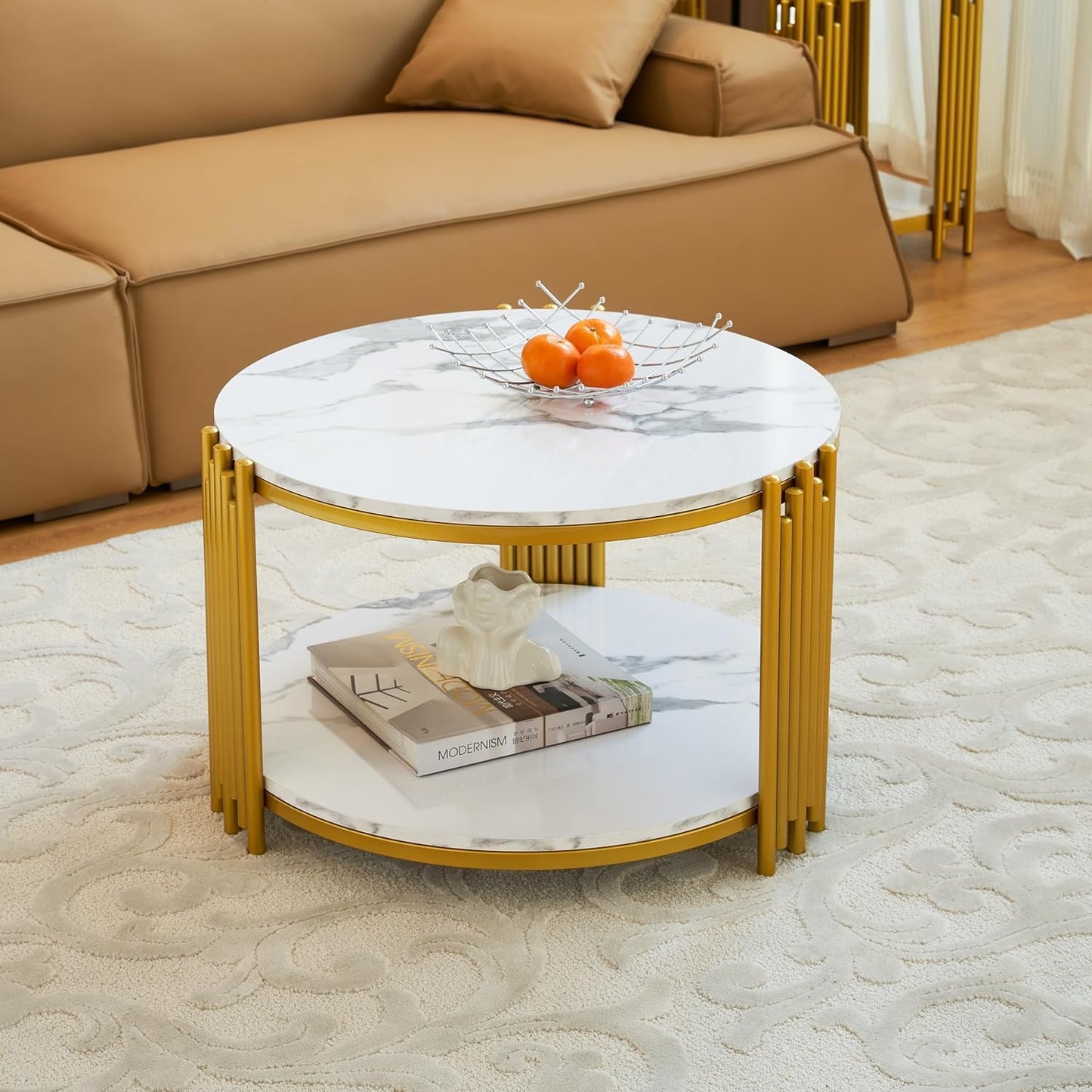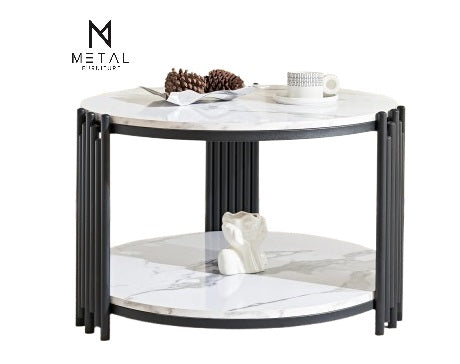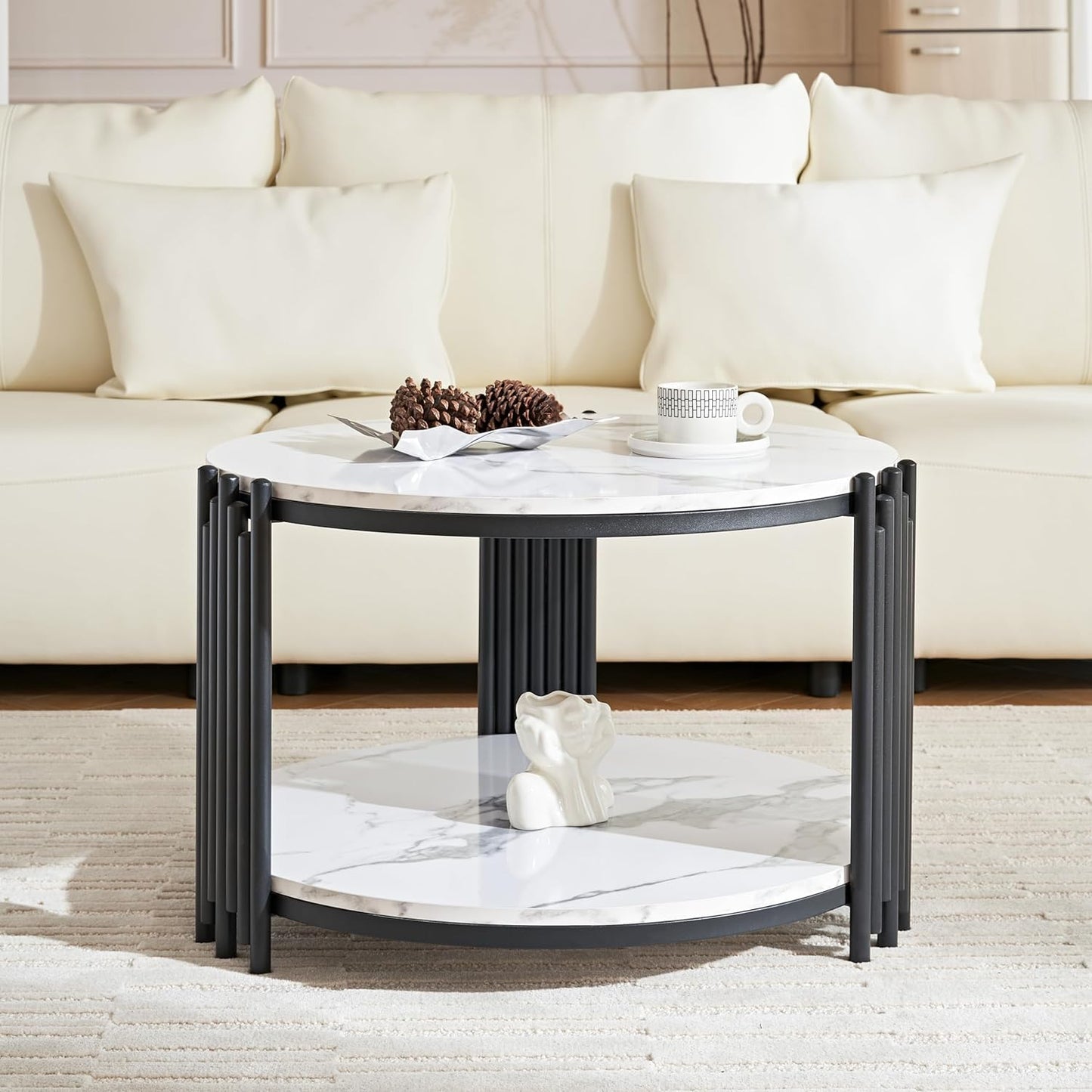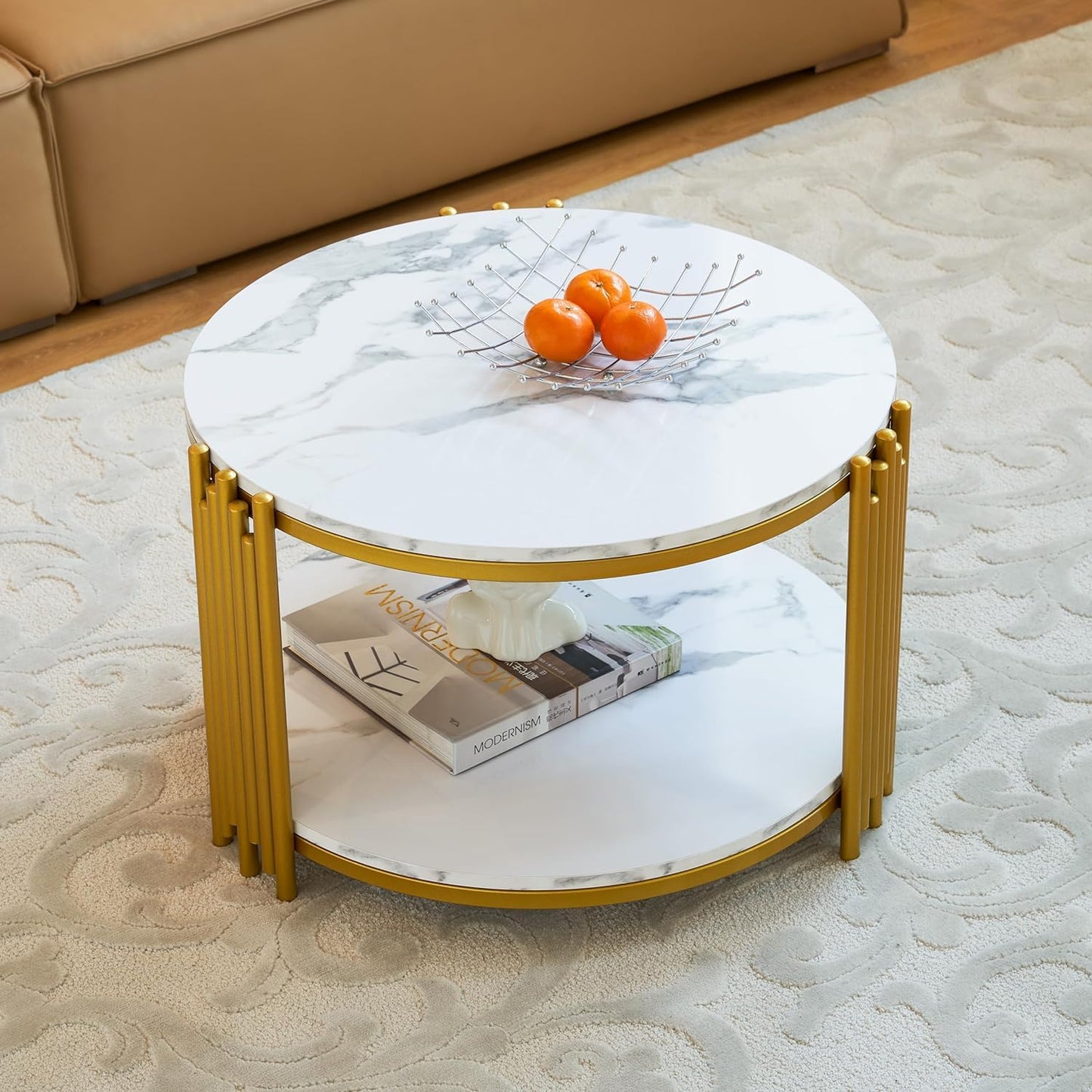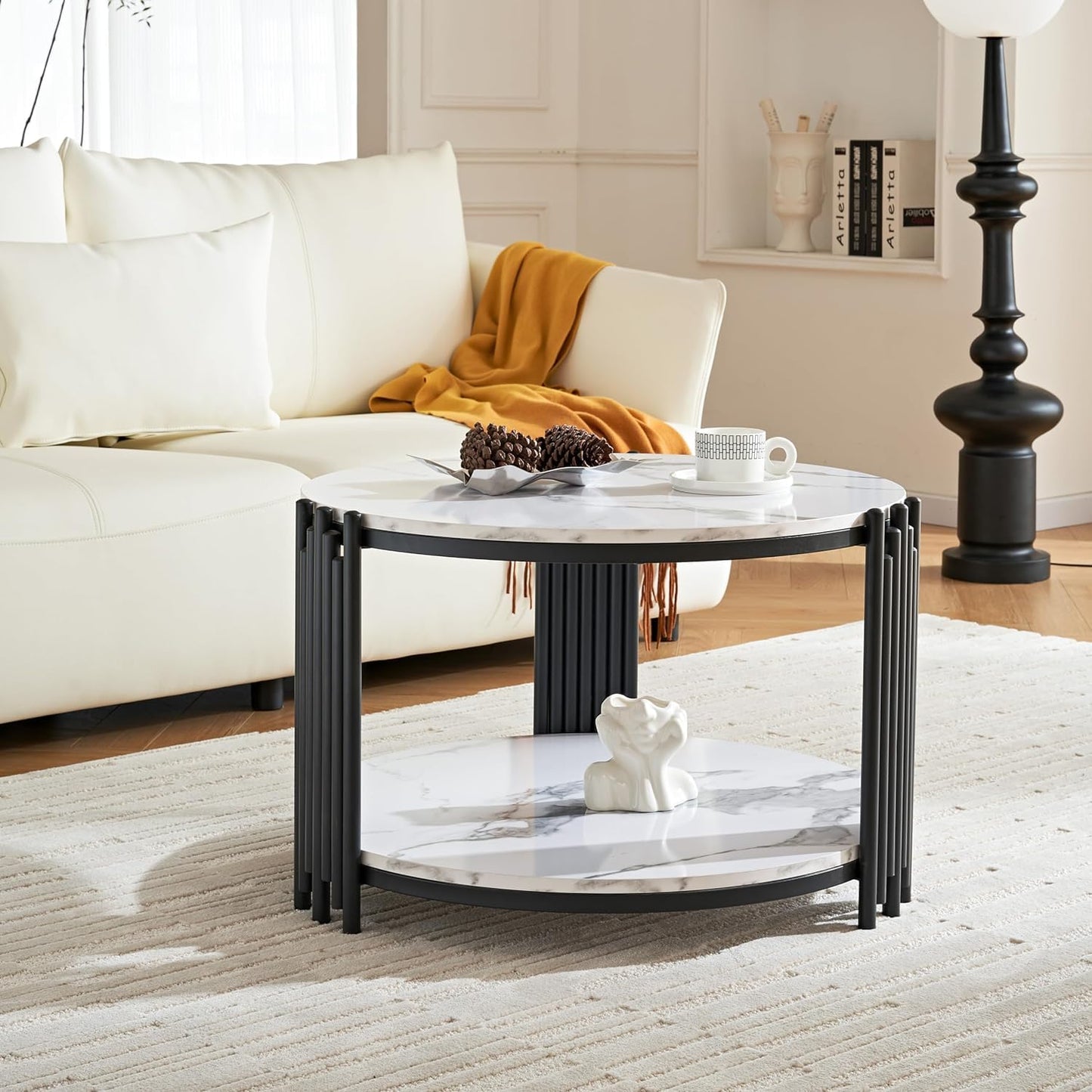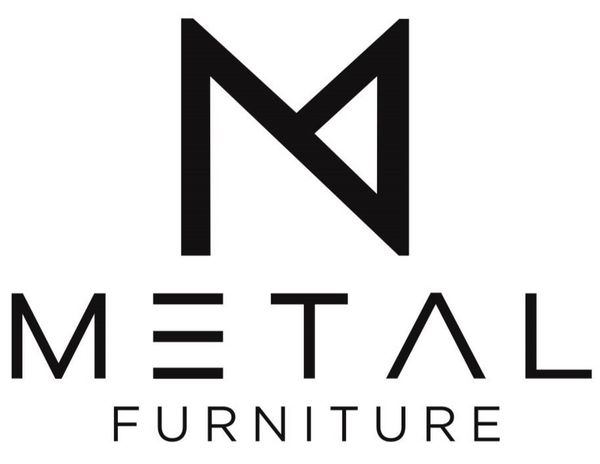1
/
of
4
Metal Furniture
Rode Based Round Center Table Elegant Look Modern Design
Rode Based Round Center Table Elegant Look Modern Design
Regular price
Rs.12,500.00 PKR
Regular price
Rs.15,500.00 PKR
Sale price
Rs.12,500.00 PKR
Unit price
/
per
Shipping calculated at checkout.
Limited Stock available - Order Now!
Couldn't load pickup availability
A rod-based center table is a unique and contemporary design that uses thin rods or vertical metal bars as the primary support structure for the table. The rods can be arranged in various patterns, creating a visually interesting and modern aesthetic while maintaining functionality and stability.
Here’s an overview of the key features and characteristics of a rod-based center table:
1. Design and Structure
- Rod Base: The main feature of these tables is the use of rods (usually metal, such as steel, brass, or iron) to form the base. These rods may be straight, curved, or bent into intricate shapes, creating a visually appealing support for the tabletop.
- Geometric Patterns: Rod-based tables often incorporate geometric patterns, with the rods arranged in parallel, radial, or criss-crossing layouts. These patterns can create a sense of movement or visual interest beneath the tabletop.
- Open Design: The use of rods often creates an open, airy feel, allowing more light to pass through and preventing the table from looking too bulky or heavy, making it ideal for smaller spaces.
2. Materials
- Metal Rods: Steel, iron, or brass rods are the most common materials used for the base. These metals provide durability, strength, and a sleek, modern aesthetic.
- Wood: Wooden Marble Texture Top
3. Aesthetic Appeal
- Industrial and Modern: Rod-based center tables are often seen in industrial or modern spaces due to their sleek, structured appearance. The metal rods contribute to a raw, minimalist vibe.
- Sculptural Design: The intricate arrangement of rods can give the table a sculptural quality, turning the base into a piece of art. The geometry of the rods, combined with the contrasting materials of the tabletop, adds visual complexity and sophistication to the room.
- Customization: Rod-based tables can often be customized in terms of the pattern, finish, and color of the rods, as well as the shape and material of the top. This flexibility allows for a wide range of styles, from very minimalist to more decorative or ornamental designs.
4. Stability and Durability
- Strength of Metal: While rod-based tables often appear delicate, the metal rods used are generally very sturdy, providing strong support for the tabletop. The rods are typically thick enough to ensure that the table can bear weight without sacrificing style.
- Balanced Design: The rod base is typically designed to distribute the weight evenly, preventing any wobbling or instability. Depending on the configuration, the base may include cross-bracing or other features to further reinforce the table's stability.
5. Space Efficiency
- The use of rods as the base means that the table tends to have a more open, less cluttered feel. It allows light to pass through and beneath the table, which can make a room feel more spacious, especially in smaller living rooms or apartments.
- The open base also means that there’s usually more space underneath the table for storage or to allow for easier movement and flow around the room.
6. Versatility
- Decor Styles: Rod-based tables can fit into a variety of interior styles, from modern and contemporary to industrial, minimalist, and even eclectic or mid-century modern, depending on the finish and the overall design of the table.
- Size: Top 30" Diameter Height 22"
Share
